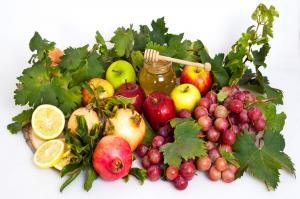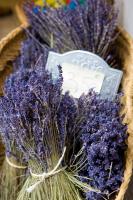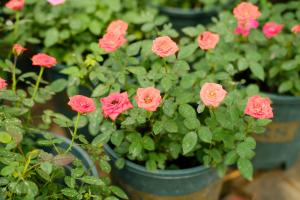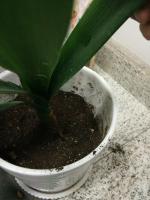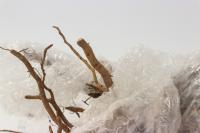1、 Curing method
1. Temperature: at 16 to 27 degrees, it is most suitable for the growth of bird's Nest Fern. Too hot or too cold will do harm to it. Therefore, try not to be higher than 30 degrees in summer, otherwise its growth will slow down. In winter, try to be around 10 degrees
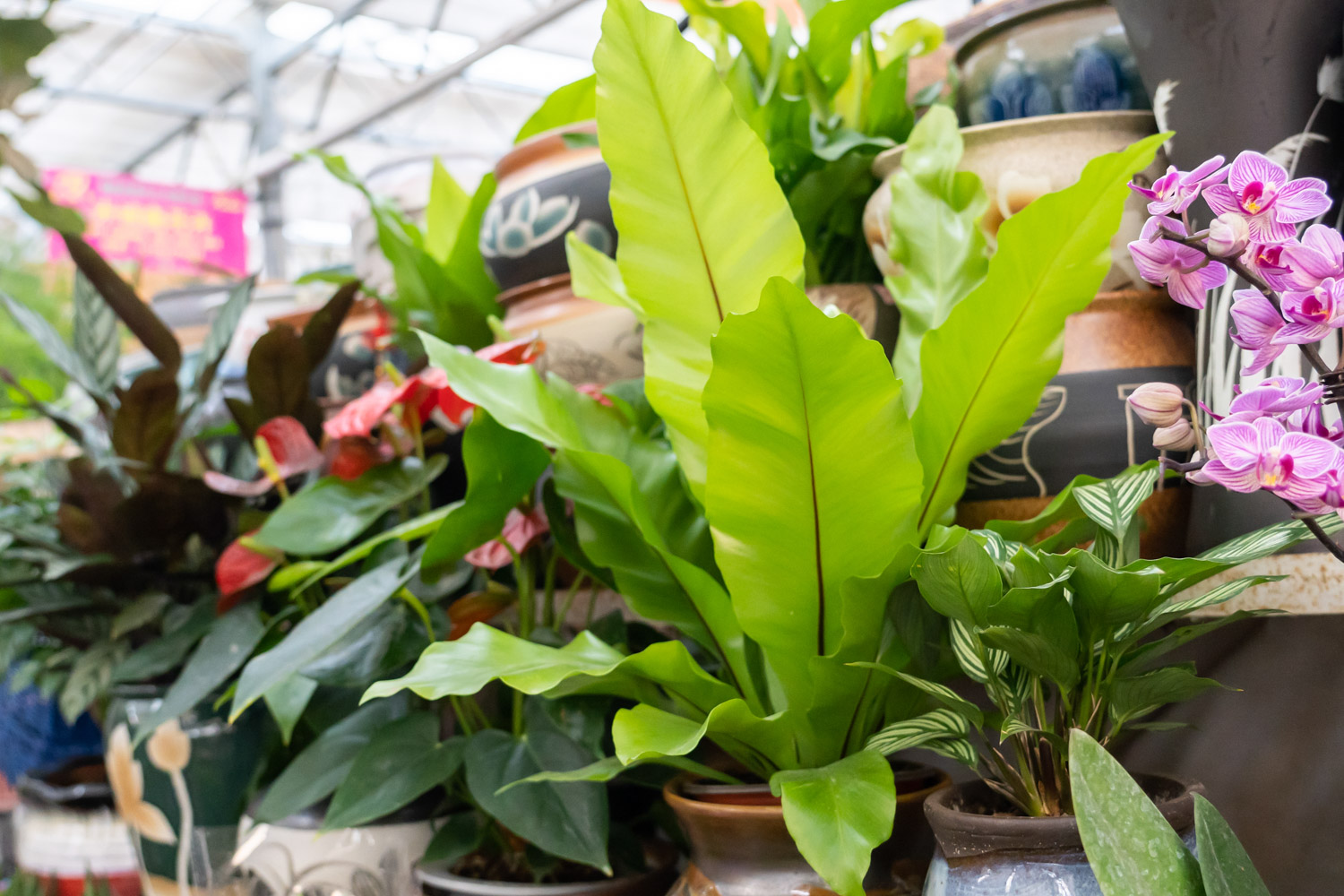
2. Light: the wild bird's Nest Fern Grows in a relatively shady place, so it does not require high light. Because it can be placed in a semi cloudy place at ordinary times. As long as there is a little astigmatism, it can meet its growth requirements. In summer, the shading degree should be controlled at about 70%, and there must be no strong light
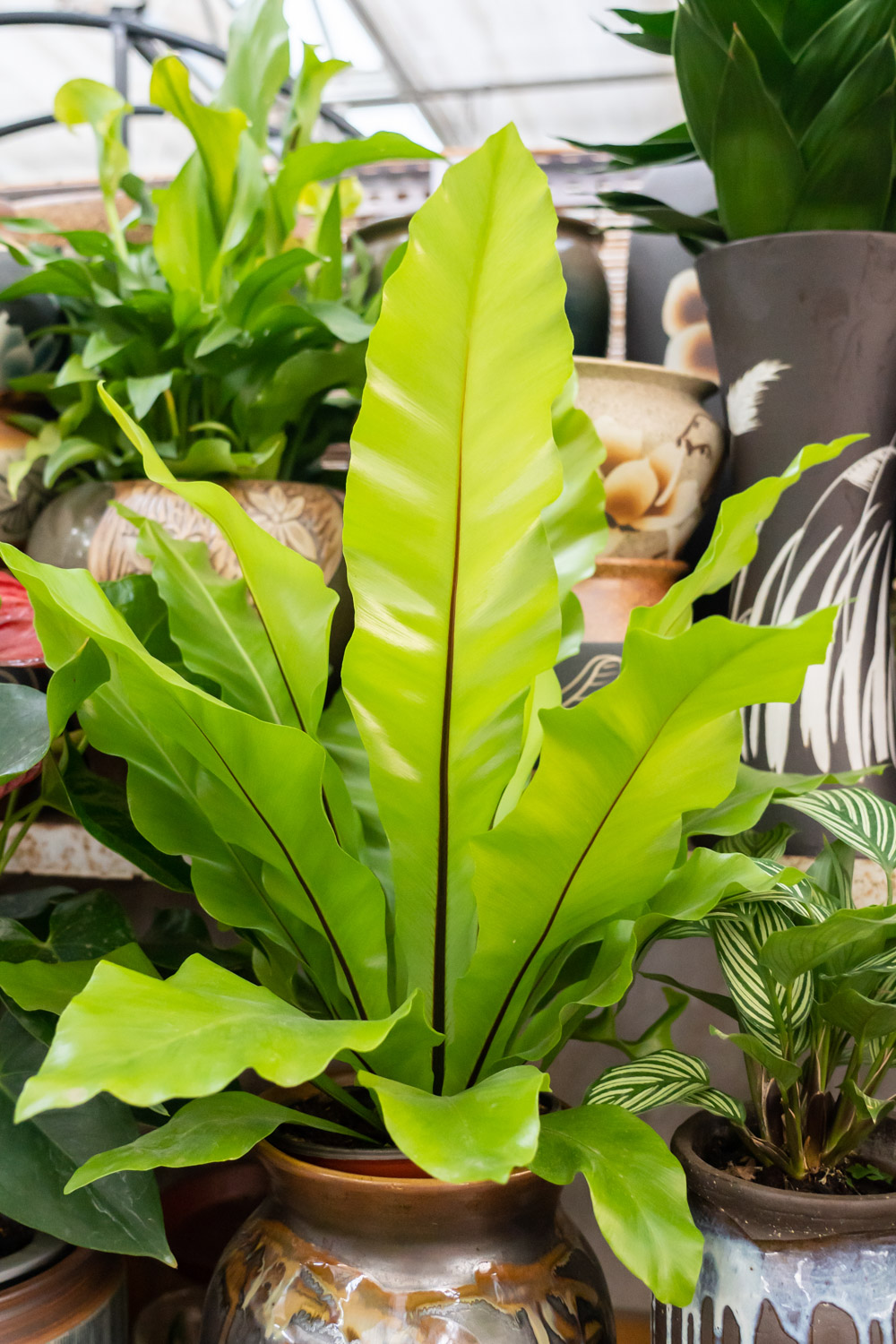
3. Watering: Bird's Nest Fern likes humidity very much. The humid environment is suitable for its growth. When it grows fast, it is necessary to keep the matrix in a wet state from time to time. In winter, although its water demand has been reduced, it can not be watered completely, and water spraying can also be used instead of watering
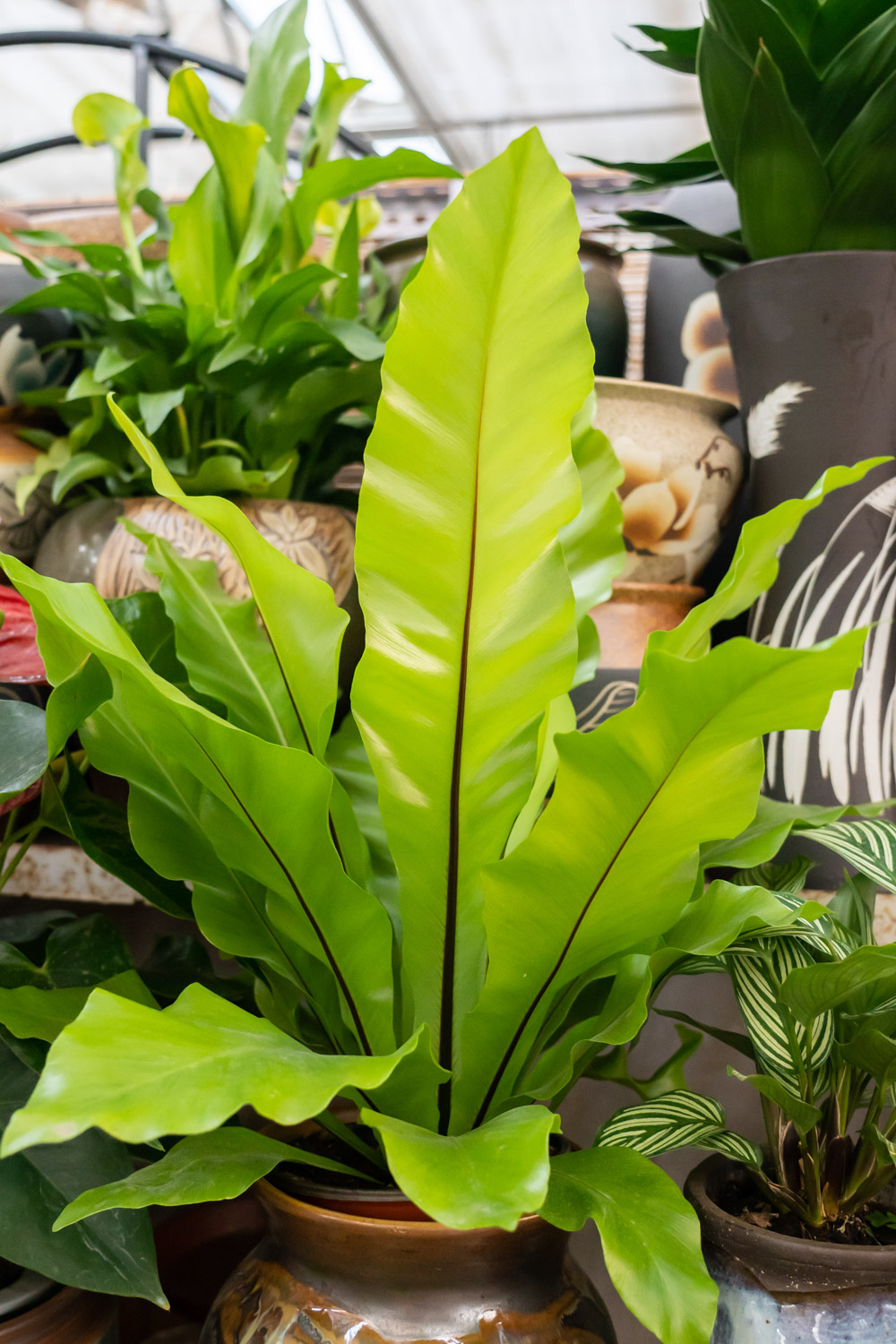
4. Fertilization: when growing fast, fertilization can be done once every half a month, and compound fertilizer can be used more. When it is extremely cold and hot, fertilization should be suspended
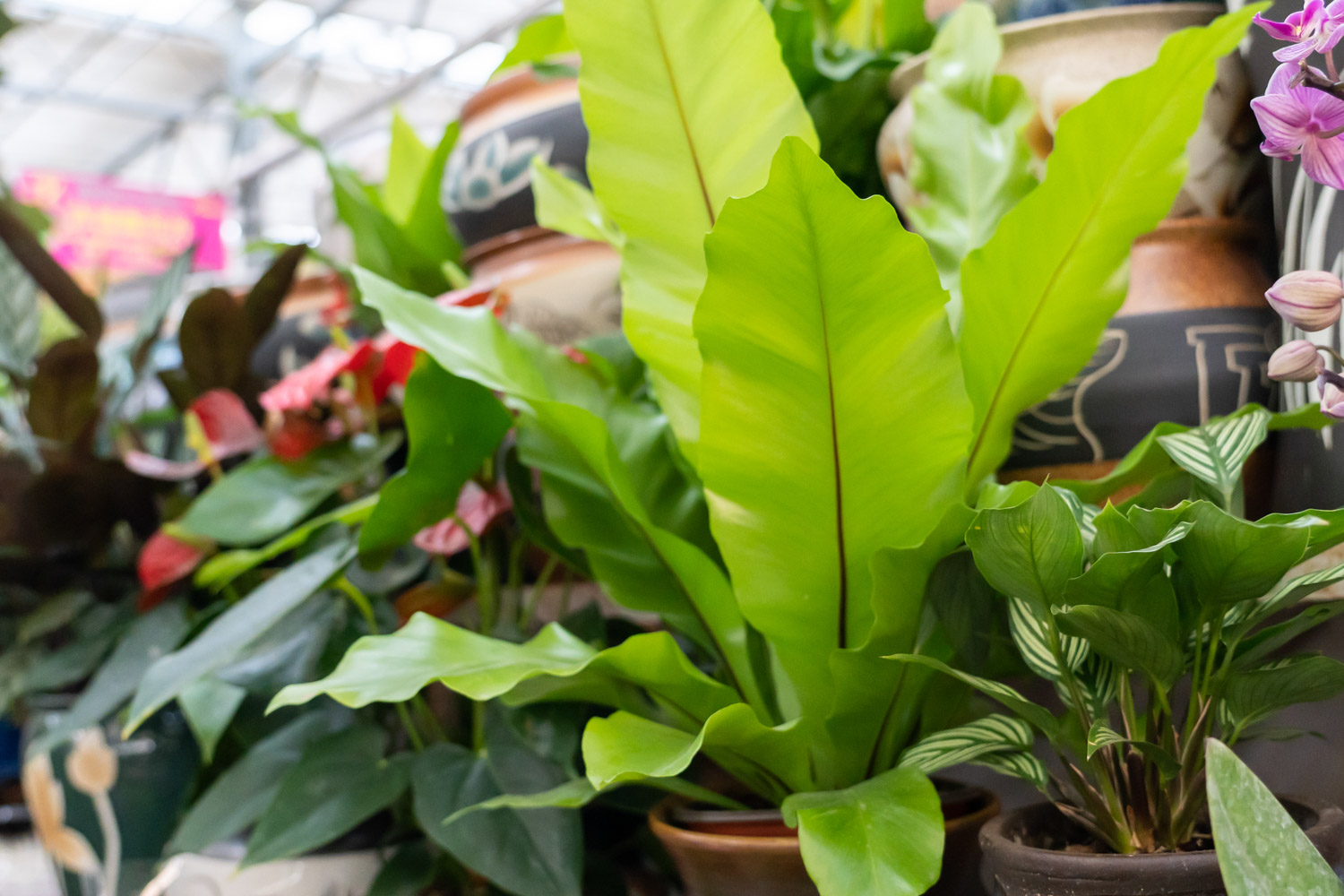
2、 Breeding skills
1. Change basin; Try to do it once a year. In spring. Rotten leaf soil or peat soil can be selected, and vermiculite, river sand, etc. can be added. The effect of humic soil is also good. After selection, remove the plant from the pot, repair the root system according to the situation, and then replace it with new soil to put the plant back into the pot

2. Reproduction: ramet method is commonly used. In mid or late April. It is necessary to use vigorous plants as mother plants. When branching, the number should not be too much, and each should have enough roots on it. Rotten leaf soil can be used as matrix. After planting, keep the temperature at about 25 degrees. Don't be too wet, or it will rot

3、 Diagnosis and treatment problems
1. Disease: anthrax often occurs, especially in summer. Many leaves are damaged, and some disease spots will appear. Methyltobuzin can be used for prevention and treatment, once every ten days, three to four times

2. Insect pests: mainly "nematodes", which will also lead to some spots on the leaves, which can be controlled by carbofuran and so on

4、 Other issues
1. Toxicity: it is non-toxic and highly purified

2. Whether it can be raised at home: this has many advantages, so it is more appropriate. It can not only purify the air, but also a kind of ornamental plants


 jackfruit
jackfruit snake plant
snake plant hibiscus
hibiscus hydrangea
hydrangea lavender
lavender Green roses climb al...
Green roses climb al... If you don't pay att...
If you don't pay att... Management of four g...
Management of four g...